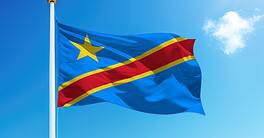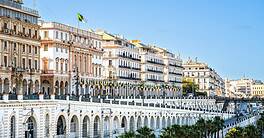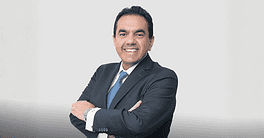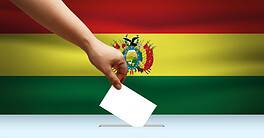While economic growth in Mali shows promise, escalating violence is scaring off foreign investors.
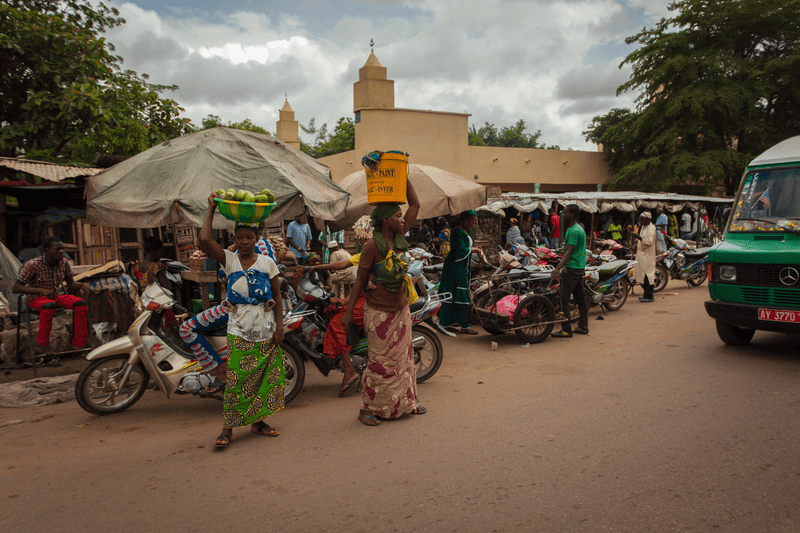
Last November, the International Monetary Fund (IMF) commended the government of Mali’s deficit reduction, praising GDP growth of more than 5% arising from strong harvests and government spending, even as the cost of oil imports moved higher. The IMF’s extended credit facilities have kept debt at bay.
But the massive decline in net foreign direct investment between 2009 and 2016 tells another story. Escalating violence in Mali threatens to shrivel what is left of foreign-investor interest in the landlocked African nation.
After visiting the capital city of Bamako last fall as part of the IMF’s ongoing review of its credit program there, Boriana Yontcheva, the leader of the IMF team, said in a prepared release that “the macroeconomic outlook remains broadly positive, but the economy faces increasing downside risks going forward, notably due to the volatile security situation.” To bring back foreign investors, the government must address the violence and corruption, as well as take steps to diversify the economy.
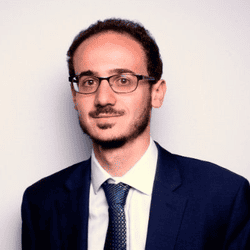
Peace has proved elusive since Mali’s independence from France in 1960. While the entire Sahel region in central Africa faces an increase in violence, conditions do vary within Mali. Rebel and Islamic militant groups are prevalent in the north, as distinct from the relatively safer south and west including the capital. The Niger River divides the parts. American, Canadian and British governments have renewed warnings against travel to Mali, citing terrorism and banditry, including kidnapping.
“It is true that the country has suffered and still suffers quite a lot of security issues, and that security is clearly one of the major obstacles to foreign investment in the country,” explains Vincent Rouget, West Africa analyst at global risk consultancy Control Risks.
The country needs to find a sustainable path away from deficit spending; it imports most of its manufactured goods and oil.
The government has favored the southern and western regions of Mali, where international gold miners have been boosting profits. Leaders are seeking new partnerships in mining and agriculture, and further diversification of the economy with the help of foreign investment. The government also considers the water and energy production, communications, housing, transportation and health sectors as priorities.
Within the energy sector, solar energy is a high priority. “We have seen quite a few [solar] projects get off the ground, [and] a few hydropower projects as well in the last two to three years,” Rouget says. Mali has a huge energy deficit combined with rapidly rising demand.
The foreign support may first come from neighbors. Mali’s membership, along with Nigeria and 13 other countries, in the Economic Community of West African States provides opportunities.
|
Vital Statistics |
|
Location: West Africa |
|
Neighbors: Algeria, Niger, Burkina Faso, Côte d’Ivoire, Guinea, Senegal, Mauritania |
|
Capital city: Bamako |
|
Population: 18,899,536 |
|
Official language: French |
|
GDP per capita (2016): $779.9 |
|
GDP growth (2017): 5.3% |
|
Inflation (2017): 0.2% |
|
Currency: West African CFA Franc |
|
Investment promotion agency: The Investment Promotion Agency of Mali |
|
Investment incentives available: Tax and customs incentives |
|
Ease of Doing Business rank: 143 |
|
Corruption Perceptions Index rank (2016): 116 |
|
Political risk: Erratic behavior by the government |
|
Security risk: Strong possibility of continued civil unrest, which could escalate with presidential |
|
PROS |
|
French government guarantees convertibility between Mali currency and the euro |
|
Except for mining and communications, foreign |
|
G5 Sahel joint force is bringing a regional approach to fighting terrorism |
|
Cons |
|
Lack of port access—landlocked |
|
Ongoing warfare with the so-called Islamic State |
Sources: Anadolu Agency, Associated Press, International Monetary Fund, Reuters, Transparency International, US State Department, United Nations Web TV, World Bank, World Population Review
For more information on Mali, check out our Country Economic Reports at:
GFMag.com/gdp-data-country-reports.html
